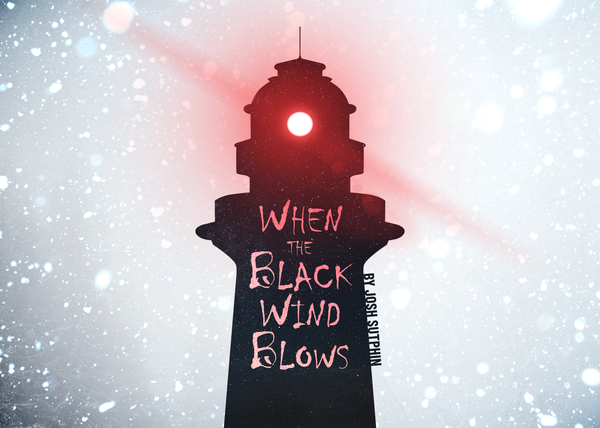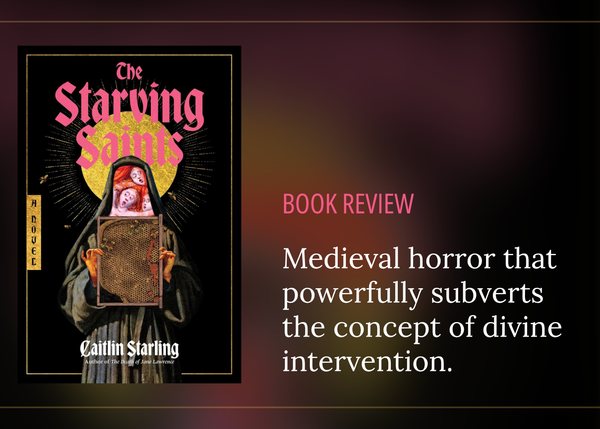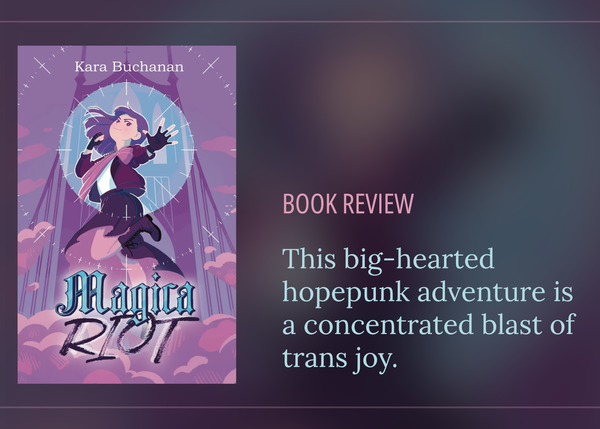Review: It Was Her House First
Imagery every bit as cinematic as you’d expect from the ghost of a film star.

(My book recommendations contain affiliate links to Bookshop.org. I will earn a commission if you click through and make a purchase.)
When it comes to things you care about, you don’t high-tail it. You stay and fight.
It Was Her House First by Cherie Priest is a haunted house story with a big heart, a charismatic cast, and a few trope-defying surprises up its sleeve.
Ronnie just bought an old fixer-upper in West Seattle, which she’s eager to restore. Complicating matters: the house is haunted by the ghost of its former owner, silent film star Venita Rost.
Venita has all the melancholic faded-glory vibes of Sunset Boulevard’s Norma Desmond, and this is a high compliment: I love that show and that character, and here she’s transplanted into a haunted house story that gleefully upends that subgenre’s tropes.
There’s a slow-burn mystery and creeping dread. There are secrets, so many secrets, and the more they’re drawn out, the more awful they become. The early haunting scenes are subtle, which makes them all the more hair-raising, and the back half of the book is filled with terrifically beautiful imagery that’s every bit as cinematic as you’d expect from the ghost of a film star.
And I get Venita. The setup for her haunting involves her young daughter’s death, and honestly, trigger warning for parents of young children here: reading about her grief is rough. But it gives her vengeful spirit a concrete motivation that elevates her from mere movie monster to a full participant in the cast.
Also interwoven throughout the story is Ronnie’s capital-A Anxiety, which is described in an extremely true-to-life way. Her spirals make sense in that way anxiety spirals always make sense, even when they’re ridiculous. And she has a complicated relationship with the meds she’s used to control it, which produces one of the more arresting bits of her interiority when she ruminates on how, if she hadn’t been medicated, her anxiety could’ve prevented a tragedy, and that whole internal argument hit so close to home.
I’m not usually a fan of haunted house stories—they tend to feel a bit old-hat to me—but this one sings. If you’re into eerie ghost stories, restoring old houses, and the romantic opulence of the early 20th century, you’ll feel right at home here.
Want more like this? Subscribe for free and get new stories, essays, and reviews in your inbox.






